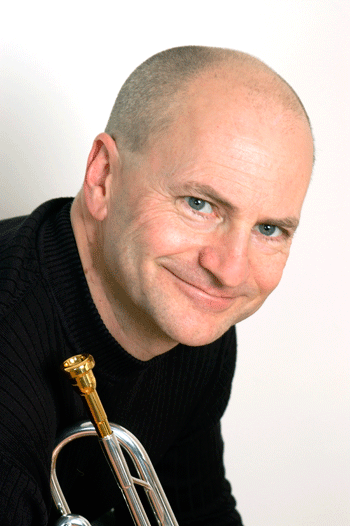Raise your hand if your band director stands in front of you with a tuner, calling out: “Flat! Push in!” “Sharp! Pull out!”
Does this really help you play in tune, or do you simply try to make the tuner stand still for a minute, so the director will move on? Being told—by a tuner or a band director or that kid with perfect pitch—that you are out of tune doesn’t get to the real issue: training your ear to hear when your note would sound better played a little higher or lower.
In fact, if your note is the only one sounding, it is impossible to be sharp or flat. Those are relative terms; you can only be sharp or flat relative to another pitch. Unless you hear that reference pitch (e.g., by using a drone), your ear gets almost nothing out of the exercise.
Using Your Ear. That is not to say that tuners have no place in the quest to improve intonation. A tuner can teach you about the intonation tendencies of your instrument. It can help you find the best position for your tuning mechanism.
This is a compromise; no instrument is perfectly in tune, and more to the point, the operator has more to do with it than the tuning slide. But finding a position somewhere in the middle is a good start.
Some notes will be a little sharp, some of them flat, and others right in the center. Knowing which are which on your instrument will help you move in the right direction when tuning by ear.
A Learning Experience. Using a tuner in combination with a drone is highly effective. You tune by ear first; the tuner then provides visual confirmation or correction. In the process, you improve your ability to hear subtle variations in pitch and make corresponding adjustments. Be sure the tuner is responding to your pitch, not the drone, by using a clip-on microphone or a tuner, like CenterPitch, that attaches directly to your instrument.
The most effective tuner is your ear. Used properly, an electronic tuner can train and assist your ear but can’t replace it.
About the Author
Chase Sanborn is a jazz trumpet player based in Canada and a member of the jazz faculty at the University of Toronto. Chase is the author of a series of educational books and DVDs, including “Tuning Tactics,” a book and CD designed to improve intonation. Chase Sanborn is a Yamaha Artist. For more information, visit www.chasesanborn.com.


